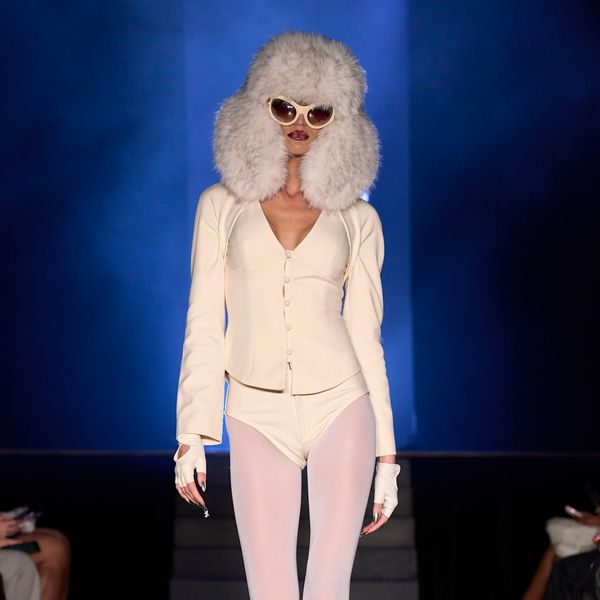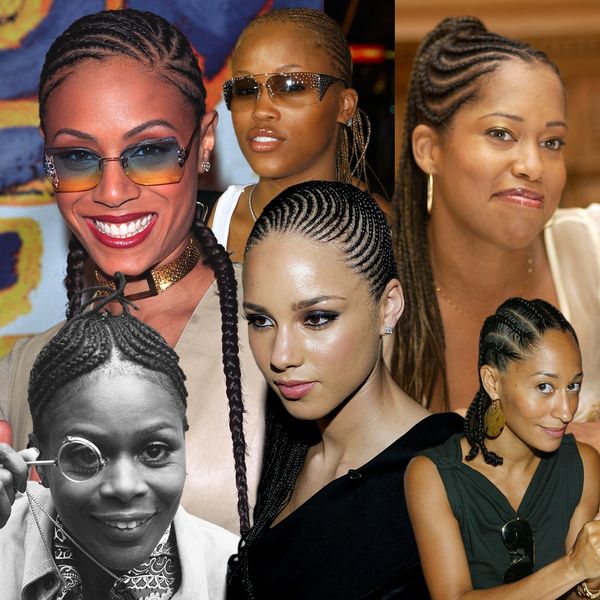Fashion Photographer Alice Rosati Embraces Chaos
It’s “a component of life that cannot be ignored,” she says.

Compiling an intro for this story, I found myself typing “gives zero fucks” into a thesaurus, because despite Italian photographer Alice Rosati’s lackadaisical facade, she’s quite determined. Her work exhibits quite a bit of care. I needed a phrase with a more positive connotation. We spoke via Zoom this February. The photographer, who last fall released the art book They Are Coming with Paris-based publishing house CODA, called in from her studio, where she nestled her yoga-wear-clad self into a free corner. (Rosati has been experimenting with cyanotype printing, a slow-reactive form of photography printing, which is not conducive to neatness and more or less demands athleisure.)
“Chaos is a component of life that cannot be ignored,” she muses. As many of us in the fashion industry will attest, a certain degree of naïveté is necessary for achieving your dreams in this world. Rosati would agree. Today, her photos exude a cinematic quality, tempered with an otherworldly oddness—any superfluous polish skinned right off the surface. But in the beginning, she was experimenting in a friend’s photo studio, tossing her own clothes on a local model.
“One of my first editorials was three models in a supermarket with blue lipstick and wigs,” she recalls. She didn’t have the knowledge she has now, “so the result was terrible, but the will was there, the idea.” People called her too eclectic; she was bored with too uniform of a style. Her early work pays homage to Guy Bourdin and Helmut Newton—”my women, they're also very sexy, very carefree, very power-to-the-girl”—even filmmakers Federico Fellini and Brian De Palma. Now, she’s evolved past that. “You never stop researching, because the moment you stop, you become obsolete.” You have to be more than the mood board.
Ahead, Rosati recounts her entry into the world of fashion photography, her favorite references, and her obsession with science fiction.
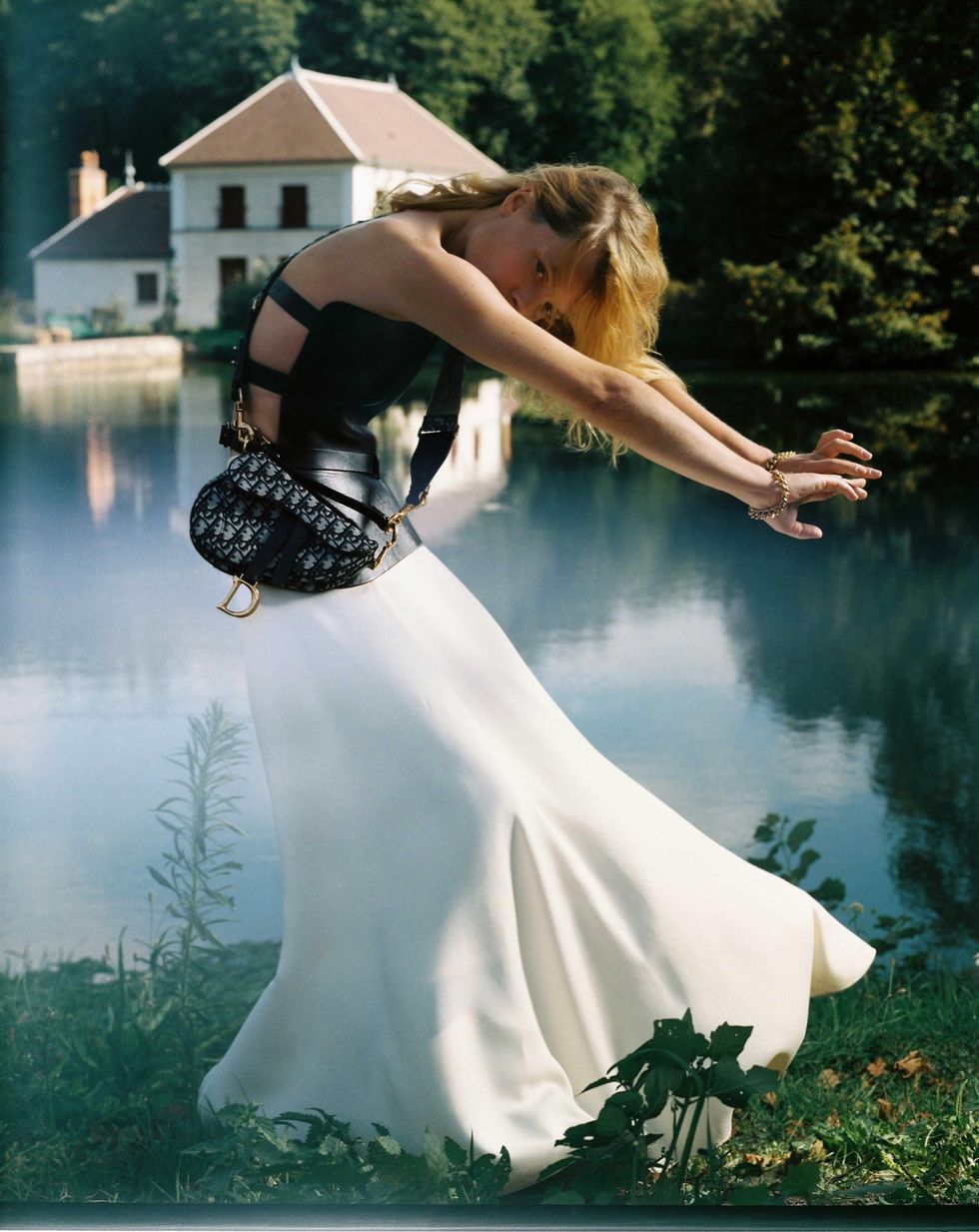
Courtesy of Alice Rosati
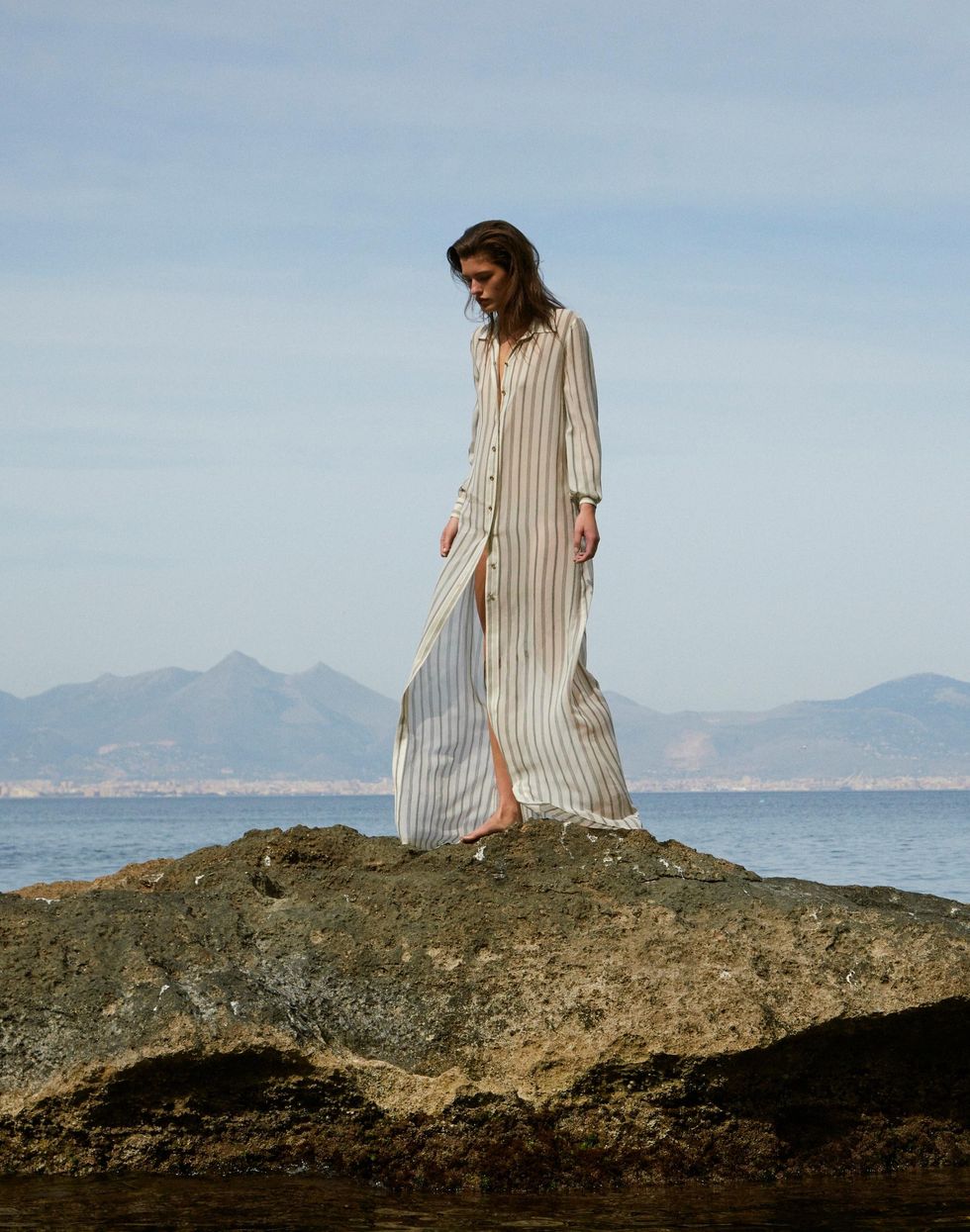
Courtesy of Alice Rosati
Coveteur: I read somewhere that you got a camera very early. What were you first interested in capturing?
Alice Rosati: “I've always taken pictures. My father gave me this disposable camera that left a Ninja Turtles stamp on every picture I took. That is my first memory of holding a camera—I was probably four. I always had an interest in photography, but my beginnings were more in art photography. I always mixed performance and photography—a lot of [interpretations] of a self-portrait. I have a background in art criticism. I came in contact with fashion when I was living in Greece. I moved to Mykonos—an awkward choice—for love, of course, because I move for love everywhere. That's my thing. A friend of my boyfriend had a [vacant] photo studio in Athens. He asked if I wanted to use it. I'm like, ‘Yeah, but to do what?’ I didn't have any idea of the dynamics of a fashion shoot. It was the time of MySpace still, and I Googled ‘makeup artists Greece.’ We started experimenting, but with my clothes. I did some very terrible pictures.
I think I'm quite outgoing and don't mind reaching out to people—especially when you're young and you don't know shit, you're super confident, actually. I had a portfolio made of literally nothing, and a couple of backstage pictures that I took. I did a season in Milano assisting Graziano Ferrari. Basically with these pictures and some of the ones I took into this Greek studio, I knocked on the door of Grazia Greece, and they gave me an editorial. I was a woman, young, cute, from Milano, the dream of fashion—Greece is a very small market compared to Paris, Milano, New York. I was like, ‘Hmm, not bad, this work. And I can get money. Wow.’
I relocated to Milano, where I met Gloria Maria Cappelletti, a huge agent. She took me under her wing. And she could really build a career. She was showing me editorials in W Magazine. I was like, ‘Wow, what is this? Amazing.’ I started to do some commercial jobs. Little by little, I started to develop my portfolio. I learned how the fashion industry works. Then I moved a bit to Madrid, and I relocated to Paris 13 years ago. I'm still based here in Paris.”
There's more chance involved in all of these things than we all like to admit.
AR: “For sure. Of course, you need to have the will, you need to be humble, you need to be willing to put the work in, but sometimes it's just being at the right place at the right time. Chaos is a component of life that cannot be ignored. I was definitely lucky in my career. Of course, there are a lot of ups and downs in this industry, and sometimes the circles are tight. A director of a magazine leaves, and nobody calls you anymore. New people come in. It is how it is.”

Courtesy of Alice Rosati
When you were starting to develop your style of photography, who were some influential or formative photographers or works of art or editorials that helped you?
AR: “Since my background was not in fashion photography, I had to learn what was cool, what was in fashion. I'm Italian, so I grew up looking at Vogue Italia in the glorious period of Franca [Sozzani]. I wanted to be Steven Meisel, of course. At the beginning of my career, people said I was too eclectic, that I was doing so many different things. But I'm like, ‘I'm sorry, I'm bored. I don't want to do the same picture in the studio with the white background.’
It took a lot of time for me to make the people aware of my signature. It was very easy for me to switch from photography to moving image because now it's a big component of my job. Storytelling is a very big component. What I was looking at when I was younger, for sure Steven Meisel. My two favorites are Guy Bourdin and Helmut Newton, because my women, they're also very sexy, very carefree, very power-to-the-girl.
I look a lot at cinema, like [Federico] Fellini, Brian De Palma, some art photographers like Philip-Lorca diCorcia. They were very present as an influence in my earlier work—even today. But you evolve. You never stop learning. You never stop researching, because the moment you stop, you become obsolete. You can’t just say ‘Okay, here's the mood board, let's do the mood board, fine.’ What I really like is the creative director part. It allows you, especially in an unsure moment in the business like this, to have more things going on because if you put all your eggs in one basket, you are dead.”
What are some of your favorite films?
AR: “Well, for sure Blow-Up by Antonioni, but also Blow Out by Brian De Palma—big love. La Dolce Vita, one of my masters, I love. There are so many, but I would say these three. One of the latest ones that really stuck with me is Triangle of Sadness. Who didn't like it? Balenciaga, H&M? So funny.”
Who are some designers you like working with that fit the perverse energy you want?
AR: “I am really intrigued by couture because it is the dream. You cannot find anything more crafted, more expensive, more crazy. It's the epitome of luxury. We are selling brilliance. Without working in fashion, I could never afford to touch or see this stuff. I really like what Pieter Mulier is doing now with Alaïa. It's really interesting. I really love the craftsmanship, the simplicity, and the beauty. Then, I have to say, Prada. There are so many brands. There are also some very young designers, coming straight out of Central Saint Martins. They're so innovative, but this industry is very complicated. Because of course, they're in the beginning, there are no showrooms, and they can’t afford to ship.
Lately, I really, really like Schiaparelli; the last collection was fantastic. The couture was very, very beautiful. Every brand is interesting in its own specific way. Of course, I have preferences, but it's more about the story they want to tell because I'm not just focusing on the clothes. You could do an amazing vintage story with things from a thrift shop if they suit the story you want to tell. That's more how I work. I focus less on having a certain brand in my story. I don't really care. Of course, sometimes I look at a show, and I see something that inspires me.”
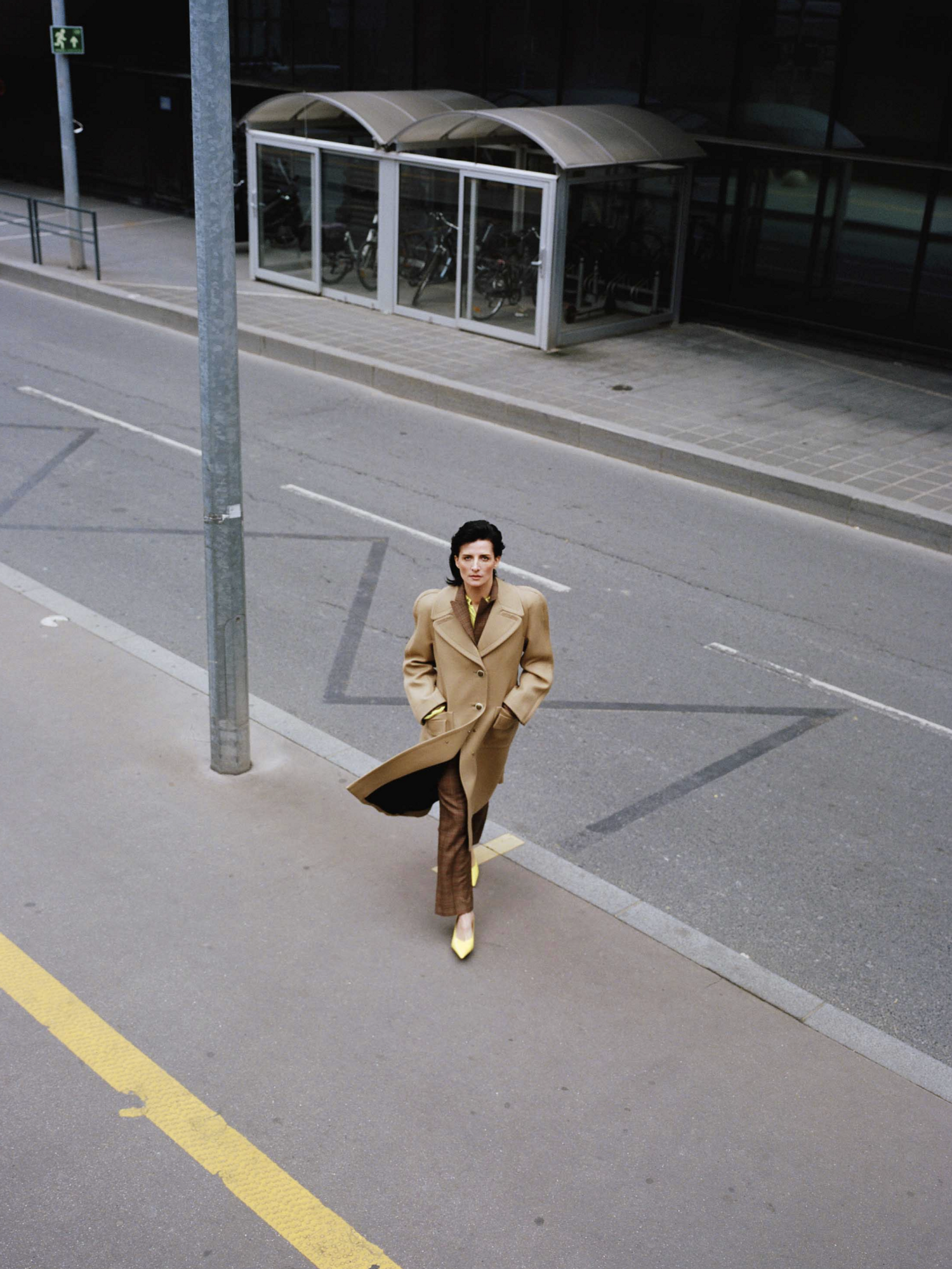
Courtesy of Alice Rosati
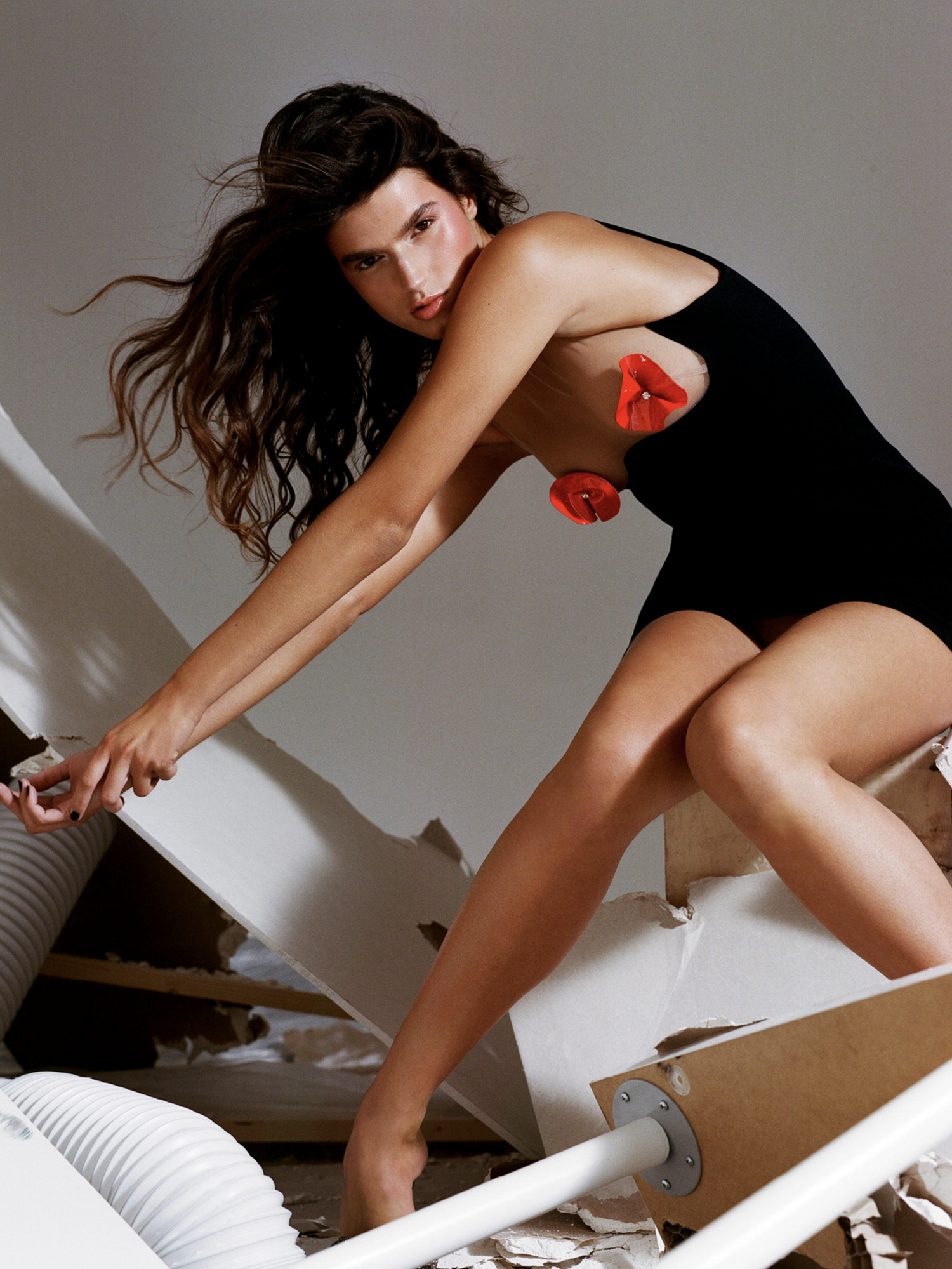
Courtesy of Alice Rosati
You work so much with fashion. How do you get dressed in your day-to-day life? What are you normally wearing? The photographer's uniform?
AR: “I'm typically in yoga pants, except for some rare occasions of my life where I put on a dress. I have the chance to go to some sample sales, because I have friends that work in fashion. [When I do, I’m like,] ‘Let me buy this thing with feathers.’ I wouldn't go to the supermarket of course, like this. I wait until the Halloween party to pull it out of the bag. The stylists often like to dress up, they put on makeup. Here, it’s no makeup, yoga clothes. That's also because, in my job, you lie down to take a picture. It's not really a job where you want to wear something special, because it's going to get messed up.
I didn't have a lot of work in the last part of the year, so I started to experiment with cyanotype printing with the sun, which is very interesting. I'm creating super huge negatives, but you have to mix the solution yourself. They stain everything blue, so my office is blue everywhere. You definitely don't want to wear super nice clothes doing that.”
You experiment with erotic and sexual themes in your photography. How do you create a mood on set that welcomes that?
AR: “I work for some erotic magazines, especially Carnale, which is a new Italian magazine. Very cool. The team is super nice, and they really give you the freedom to do what you want, which is very rare in a magazine, even for the independent ones. I think that the main thing is to be super clear and have a good briefing at the beginning. They should know the mood board. For this type of editorial, the casting process is a bit more precise, so you want to make sure that your casting director really explains the project to the talent, especially if there is nudity, kissing, or awkward posing involved. You really want to make sure that the people are comfortable and know to which degree they're comfortable. Of course, this is in the pre-production.
On set, you always want to make sure that the people are actually comfortable doing that, because things can change from one day to the next. It's also not my first time doing this; people have seen the types of sexy pictures I do. It never crosses the line, so they feel reassured that in the editing, it's never going to be degrading. Also, sometimes half-seeing something is better than a full spread; we're not doing porn here. Sometimes it's even a prettier aesthetic. You need to know when it's too much and when it's not, and I think that is a matter of personal taste. I also think the energy you put out on set is important. I'm kind of an Italian mom. I'm very caring about my models. I'm the kind of photographer that speaks to their talent. If I want something specific, I put myself in the pose, and I show them. It's not that I expect them to be there and invent.”
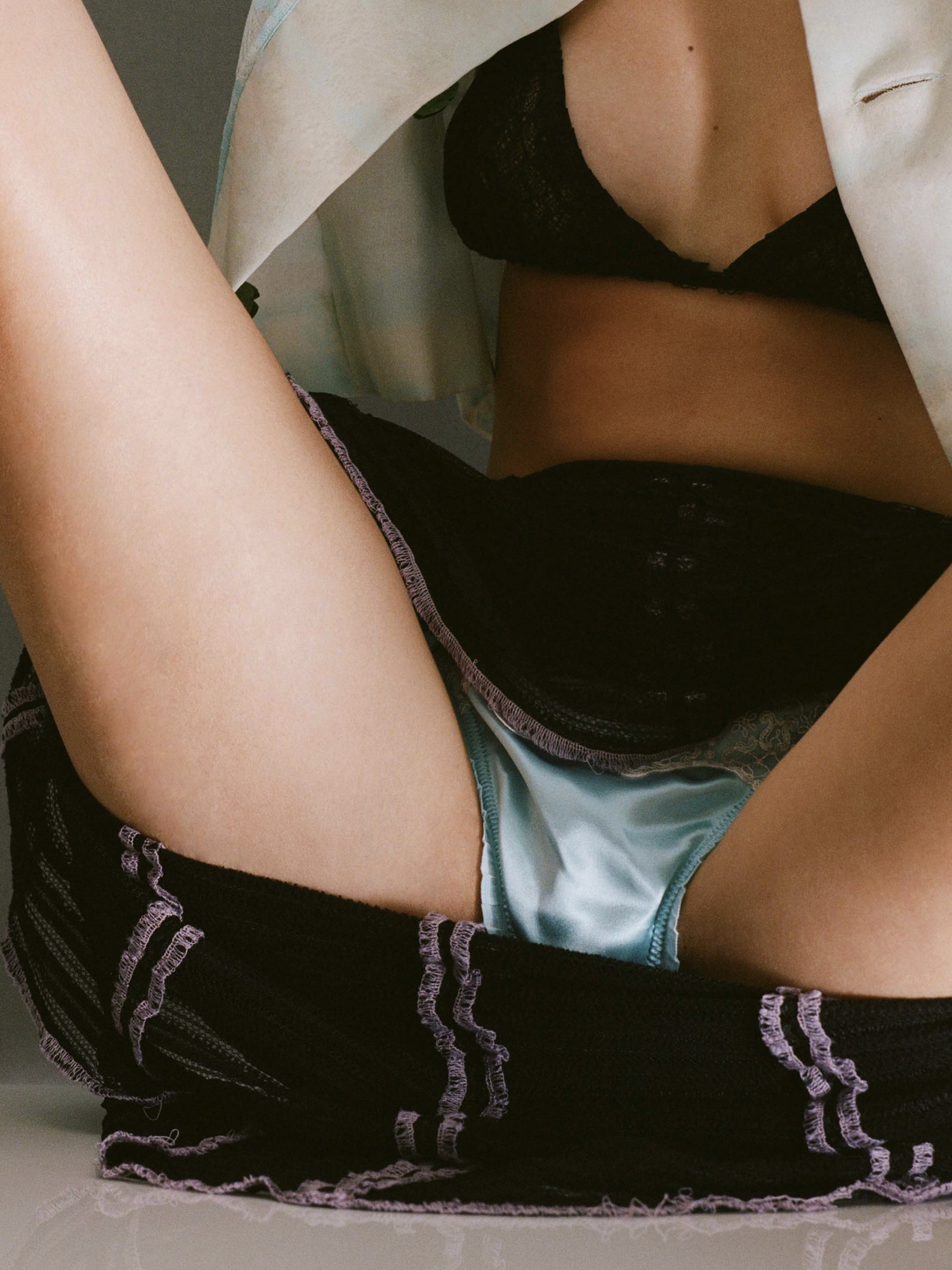
Courtesy of Alice Rosati
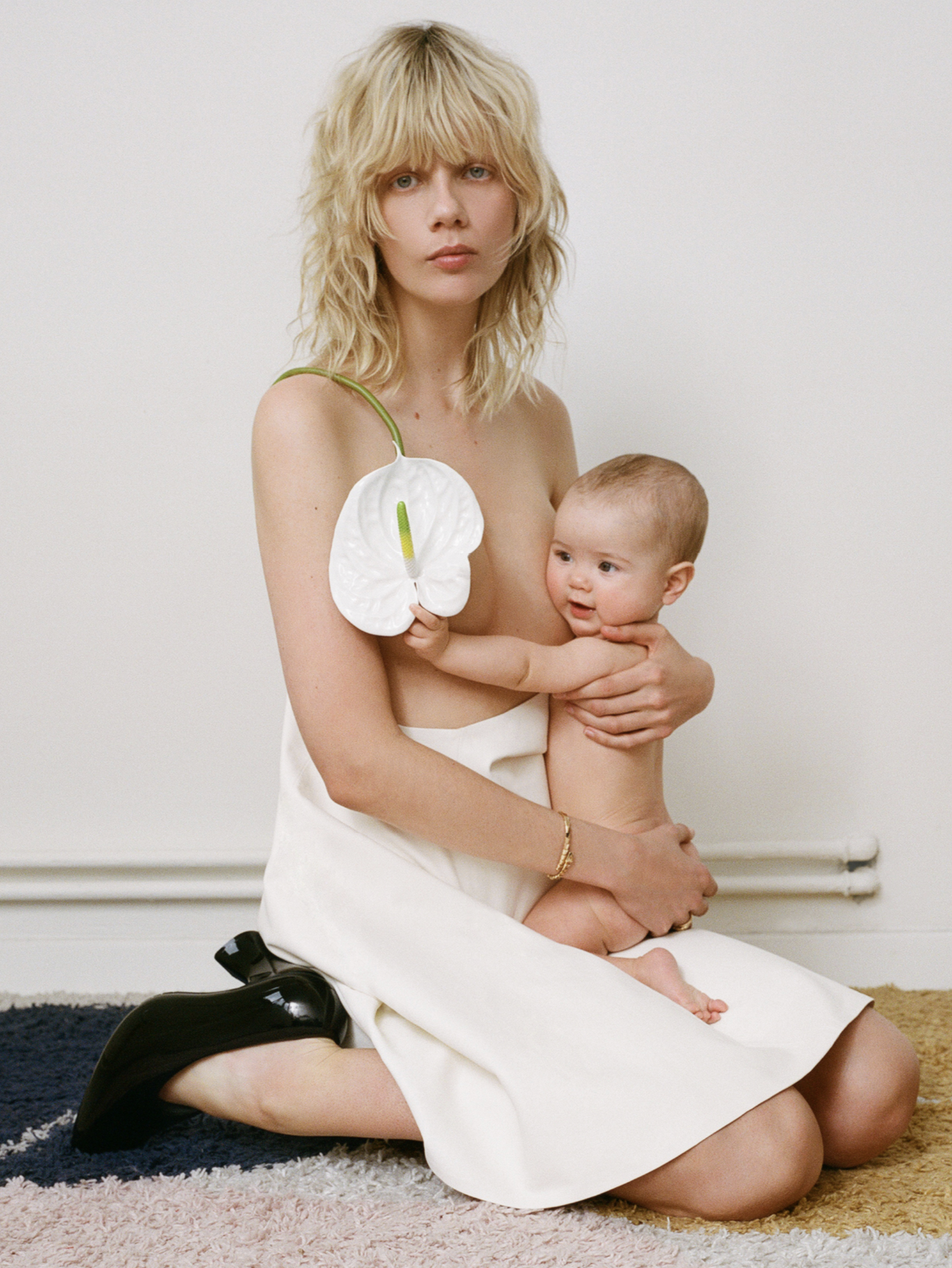
Courtesy of Alice Rosati
You do fashion photography, you've had all these images with clothes, and then you shoot someone nude and you take that element away. What does that make you think about the value or power of clothes in your work or in life?
AR: “For me, the clothes are accessories to tell a story. Even in my erotic photography, there are still clothes, because there is still a fashion mood board. Other photographers just do nudes, body, maybe black and white This is not my style. There are still clothes, but they are used in a way to tell a story. Yes, I do some erotic pictures, but not only. It depends on the story I want to tell. Because I'm very comfortable with nudity, I don't see it as anything particularly special or something to be ashamed of. I walk naked around the house. When I go to the gym, in the shower, I'm naked brushing my hair. I'm like, ‘Whatever.’ Some girls are more self-aware, which is totally fine, but I'm not.”
I read somewhere that you're big on sci-fi books. Is that correct?
AR: “I just published an art book, They Are Coming, which is a job I've been doing for 10 years. Basically, it all started with a crazy dream. In 2012, at a normal dinner with friends, a guy mentioned that there was this asteroid crashing into Earth on December 21st, 2012. The case was dismissed, laughing, drinking, okay, I went home. I go to sleep. That night, I had crazy dreams about aliens coming to work, me fighting on a helicopter, trying to save the world, et cetera. I was like, ‘Whoa, Alice, you drank a lot yesterday, maybe too much. You have to slow down a bit.’ Unfortunately, I had this dream for about six months, so I couldn't sleep anymore. I went to a psychiatrist. I was really, really a mess. Then on December 21st, when, of course, the world didn't end, everything stopped. I never had this dream again.
I started this artistic project with pictures of observatories that look like alien spaceships, desolate land, warplanes. I had some installations made under the river with alien eggs made of rocks—crazy. Over the span of these 10 years, I did so much more. But yes, I'm a fan, of course—Philip K. Dick, all this psycho-scientific literature. It's really my thing.”
When you're on set, what music do you play?
AR: “I have quite a lot of playlists. I have one that I steal from one of my assistants. It's a mix of Italian disco and some Raffaella Carrà kind of stuff, which always puts everybody in a good mood.”
The collected works of Alice Rosati are represented by Trunk Archive.
Want more stories like this?
Meditating on the Macabre with Artist Gary James McQueen
Margot Robbie and Andrew Mukamal Immortalize the Visual Feast of the Barbie World Tour in Newly-Launched Book
Emma Kohlmann’s Dance Between Humans and the Natural World

